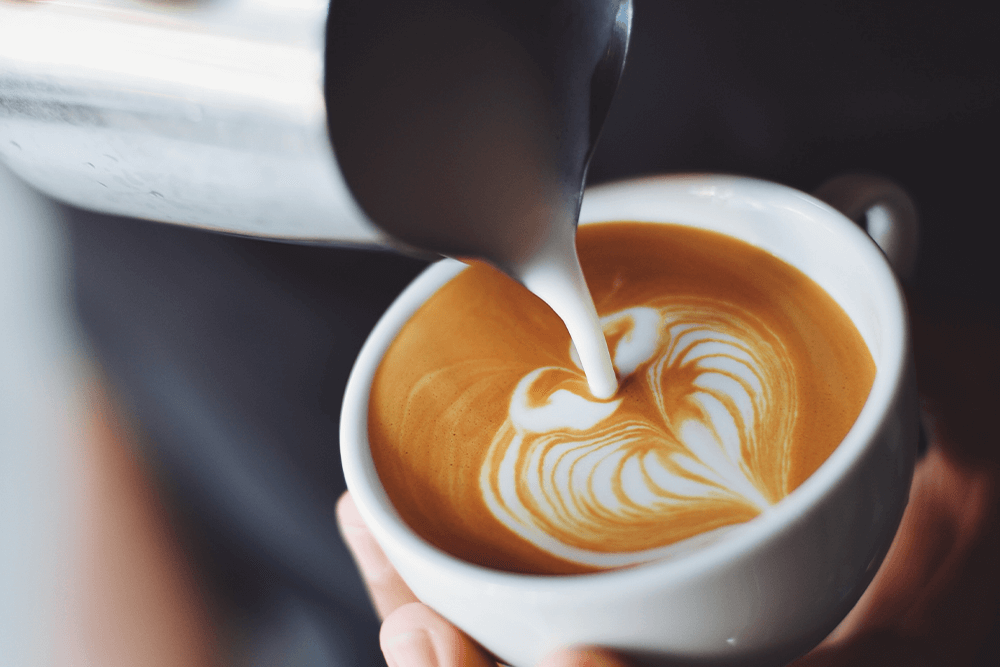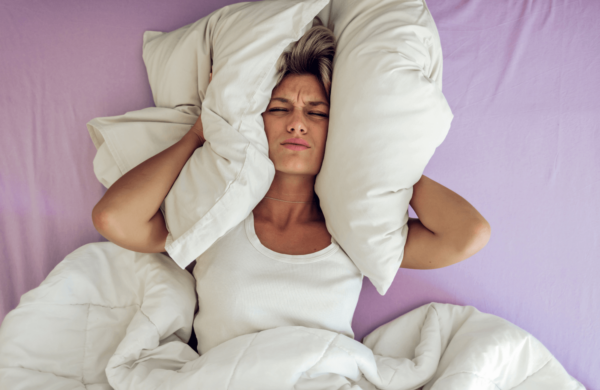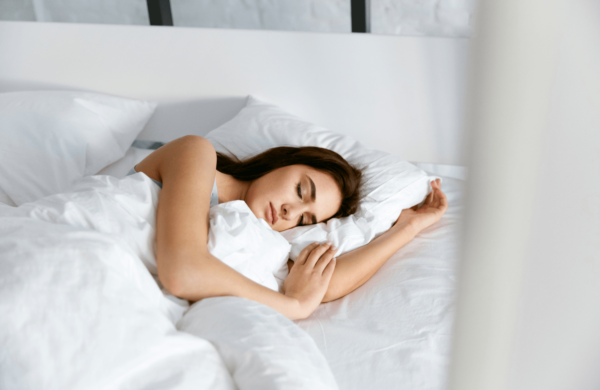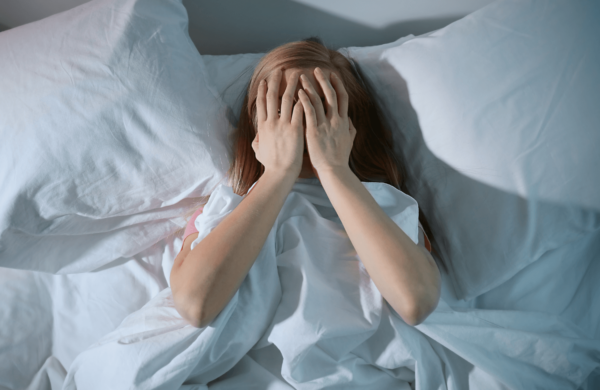Revolutionise Your Afternoons: The Science and Magic of Coffee Naps
Hey, you. Yes, you… the one reaching for that fifth cup of afternoon coffee. What if I told you that you’re approaching your caffeine fix all wrong?
What if combining that beloved cuppa with a power nap could exponentially increase your energy levels and make you more productive than ever? Intrigued? Welcome to the fascinating world of coffee naps.
We’re about to dive deep into the science, the benefits, and the how-tos of this extraordinary productivity hack. So sit back (with your coffee, of course), and let’s get started.
What is a Coffee Nap?
A coffee nap is the ultimate productivity hack that many of us didn’t even know we needed.
Picture this: you’re at work or maybe at home working on a personal project. It’s the dreaded afternoon slump, and you’re struggling.
You could either reach for a cup of coffee or curl up somewhere for a quick nap. But wait, why not both?
Yes, a coffee nap is precisely that… a cup of coffee followed by a short, 20 minute nap. It might sound counterintuitive, but the science backs it up. So before you dismiss it as just another internet fad, keep reading. Your afternoons are about to get a whole lot better.

How Do Coffee Naps Work?
Alright, science nerds and curious cats, this is where it gets interesting. First off, caffeine doesn’t work instantaneously.
It takes about 20 minutes to kick in. Interestingly, 20 minutes is also the ideal duration for a power nap. So, the two activities complement each other perfectly.
The caffeine in coffee works by blocking adenosine receptors in your brain. Adenosine is a neurotransmitter that makes you feel sleepy.
During a short nap, your body naturally clears some of this adenosine away, making room for caffeine to come in and make you more alert than you’d be with just the coffee or the nap alone.
It’s like setting the stage for caffeine to perform its magic show in your brain.
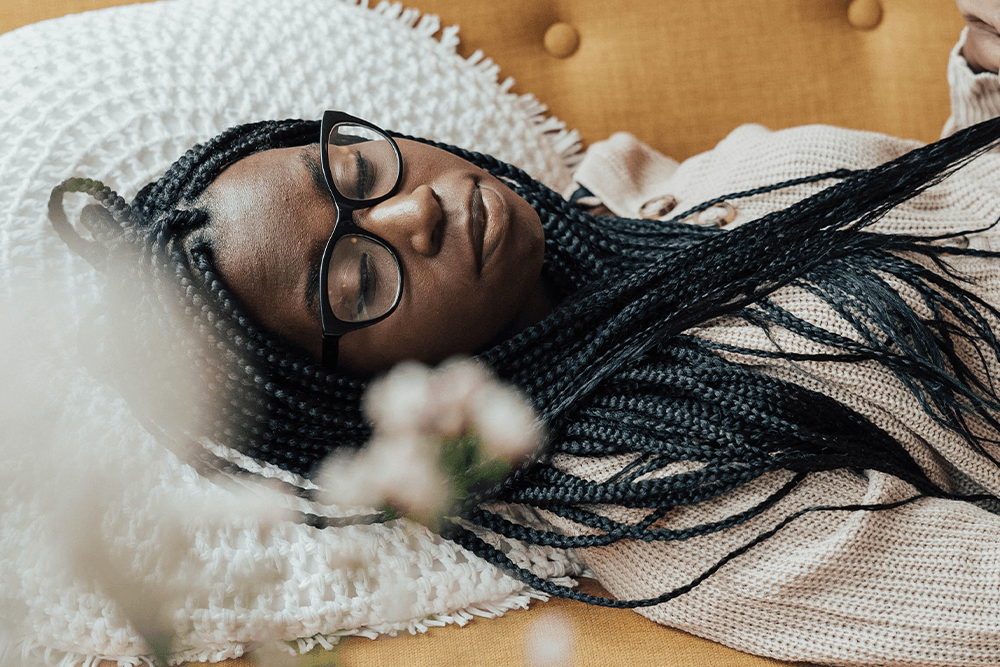
Are Coffee Naps Bad for You?
So, is this magical concoction too good to be true? Not quite, but there are some caveats. Timing is crucial.
If you decide to indulge in a coffee nap too late in the day, you’re signing up for a night of tossing and turning.
Caffeine can linger in your system for several hours, so aim to have your coffee nap no later than 3 pm.
This ensures that you’re not sacrificing the quality of your primary sleep, which, let’s face it, is the real MVP of your well-being.
If anything, 3pm might still be pushing it, but some gym goers may feel the need to do this before their late afternoon workout.
Should I Nap or Drink Coffee?
Here lies the age old afternoon dilemma: to nap or to caffeinate?
Well, why pick sides when you can have both? If you’re working on something that requires mental agility, a coffee nap can offer the best of both worlds… refreshment from the nap and heightened focus from the coffee.
You might wonder if this should be higher up in the discussion, but honestly, it fits perfectly here.
After understanding what a coffee nap is and how it works, you’re naturally led to this vital question: “Should I go for it or not?” And the answer is, why choose when you can strategically use both to your advantage?
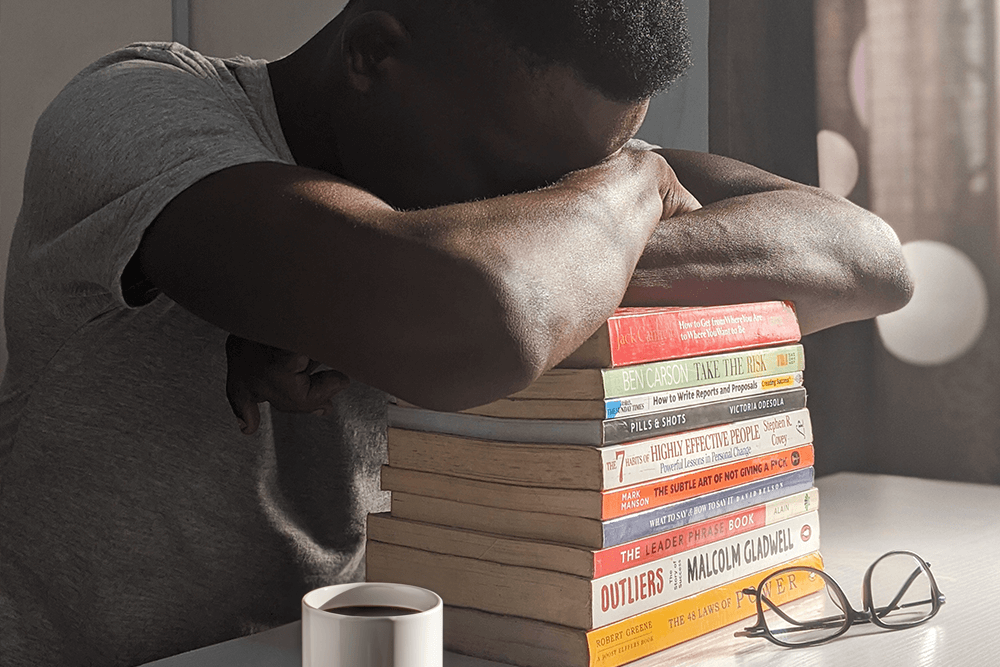
How Long Should a Coffee Nap Be?
As mentioned earlier, the sweet spot is around 20 minutes for a coffee nap… not too short, not too long, but just right.
This timing allows you to get some restorative rest without entering deeper sleep cycles. Anything longer, and you risk waking up feeling more like a zombie than a superhero.
It really helps if you’re someone that can drop off to sleep quite fast. Don’t worry if you can’t get to sleep fast, even just resting your eyes lying down for 20 minutes can give you a little boost.
How to Take a Coffee Nap?
Here lies the afternoon dilemma: to nap or to caffeinate?
Taking a coffee nap isn’t rocket science, but there are ways to make it more effective. Here’s how:
Prepare Your Space: Find a quiet, comfortable place where you won’t be disturbed.
The Coffee: Opt for a quicker caffeine fix like an espresso or iced coffee.
Drink Up: Don’t sip leisurely; this isn’t a café social. You need to finish your coffee quickly.
Time It: Set an alarm for 20-30 minutes.
Lie Down and Relax: Close your eyes and try to clear your mind. Even if you don’t fall asleep, a restful state can be beneficial.

Benefits to Taking a Coffee Nap?
Imagine being able to power through your afternoon tasks with the energy of a morning person. That’s what a coffee nap can do for you.
It gives you that extra ‘oomph’ to tackle projects, hit the gym, or even spend quality time with loved ones without feeling like you’re running on fumes.
It’s like finding a hidden stash of time and energy you never knew you had.
The benefits mainly consist of;
- Feeling more awake
- 4-6 hours of energy
- Increased productivity
- Increased focus
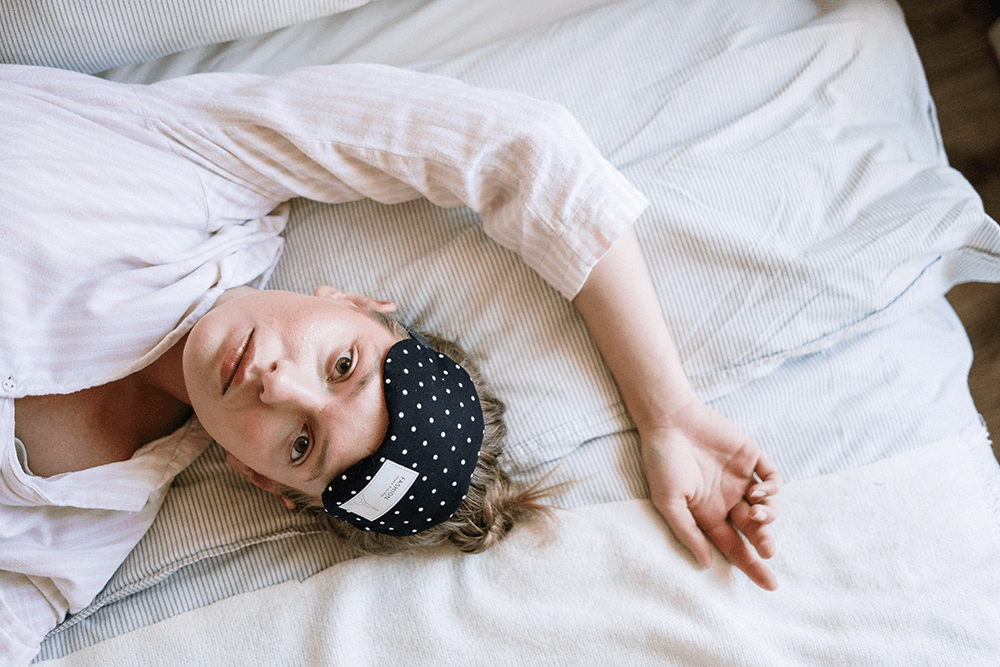
Reasons Why You Shouldn’t Have a Coffee Nap
Sure, we’ve sung the praises of coffee naps, but let’s pause for a reality check. They’re not the one size fits all solution to afternoon sluggishness. There are some situations where you might want to skip this hack.
1. It’s Too Late in the Day
If you’re contemplating a coffee nap past 3 pm(even 3pm is maybe a bit too late), think again. Caffeine can stick around in your system for over 6 hours. Taking it too late in the day could have you counting sheep into the wee hours of the night.
This can disrupt your sleep cycle, leading to a host of problems like poor concentration and irritability. So, if you’ve missed the early afternoon window, you might be better off sticking to a caffeine-free power nap.
2. You’re Sensitive to Caffeine
Not everyone can guzzle a cup of coffee and feel fine. Some of us are more sensitive to caffeine, experiencing symptoms like jitters, increased heart rate, or even digestive issues.
If a single cup of coffee sends you bouncing off the walls, a coffee nap might not be your best bet. In this case, you might explore other energy boosting alternatives like a brisk walk or a nutrient-packed smoothie.
3. You Have Certain Health Conditions
Let’s get serious for a moment. If you’re dealing with conditions like anxiety, insomnia, or certain heart issues, caffeine might not be your friend. In these cases, introducing caffeine into your system and then trying to sleep could exacerbate your symptoms.
Always consult your healthcare provider if you’re unsure how a coffee nap might interact with your health condition.
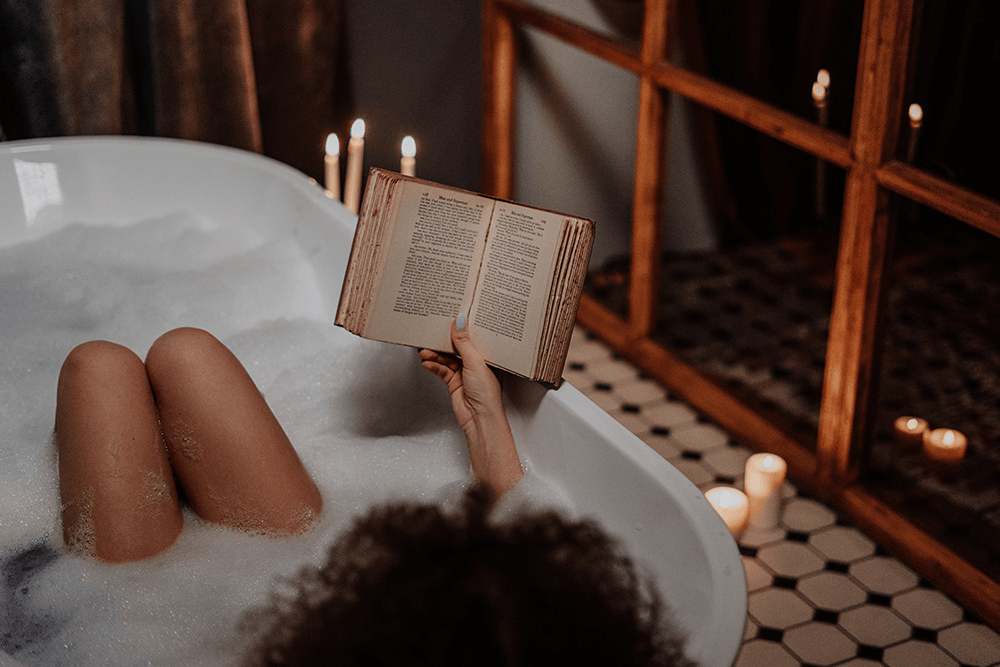
Tips for Winding Down If You’ve Overdone It on Caffeine
So you’ve realised you had that coffee nap too late in the evening, and now you’re wide-eyed, staring at the ceiling when you should be drifting off to dreamland.
Don’t worry, we’ve got you covered with some tried and tested ways to dial down the caffeine buzz and get your sleep schedule back on track.
L-Theanine:
If you find yourself jittery and anxious after too much coffee, L-Theanine could be your new best friend. It’s an amino acid found in tea leaves that has calming effects.
It works by promoting relaxation without drowsiness, essentially taking the edge off the caffeine jitters. Studies suggest that it may also improve focus and reduce stress, making it a win-win for those “oops, too much caffeine” moments.
Relaxing Baths:
Sometimes, there’s nothing like a good soak to wash away the sins of caffeine overindulgence. But not just any bath will do. Epsom salts and magnesium flake baths can be particularly effective.
Both Epsom salts and magnesium flakes are rich in magnesium, a mineral known for its relaxation inducing properties. A warm bath with either of these can help relax your muscles and prepare your body for a restful night.
Magnesium Glycinate:
Magnesium glycinate is a form of magnesium that is well absorbed and less likely to cause digestive issues. It’s known for its calming effects on the brain and ability to induce relaxation & sleep.
Taking a magnesium glycinate supplement can help to counteract the excitatory effects of caffeine, thereby helping you wind down when you need to.
CBD Products:
CBD oil and sleep patches are becoming increasingly popular as relaxation aids. CBD, or cannabidiol, is a non-psychoactive compound found in cannabis.
It’s been touted for its potential to reduce anxiety and improve sleep quality. Consider trying CBD oil under the tongue, or if you don’t enjoy the taste you can try a sleep patch or calm patch for a more sustained release of CBD throughout the night.
Cool Room Conditions:
The environment you sleep in plays a massive role in your sleep quality. A cold, dark room is ideal for promoting restful sleep.
The cool temperature helps to lower your body’s core temperature, a signal to your brain that it’s time to sleep.
If you struggle with light pollution from streetlights or electronic devices, consider using a 3D sleep mask to create complete darkness.
Evening Routine:
Our brains are hardwired to respond to cues. Creating a calming evening routine can signal to your brain that it’s time to wind down.
Instead of staring at the blue light from your phone or TV, try using candles as a softer light source in the evening.
Pair this with a good book, and you’ve got yourself a relaxing pre-sleep ritual that can help you disconnect from the caffeine buzz.
Conclusion
So there you have it, the lowdown on coffee naps. It might just be the secret weapon you’ve been looking for to conquer your day.
But like all good things, it comes with its own set of instructions and caveats. So give it a try, and who knows? You might just become a coffee nap convert. Cheers to productive afternoons and restful nights!

